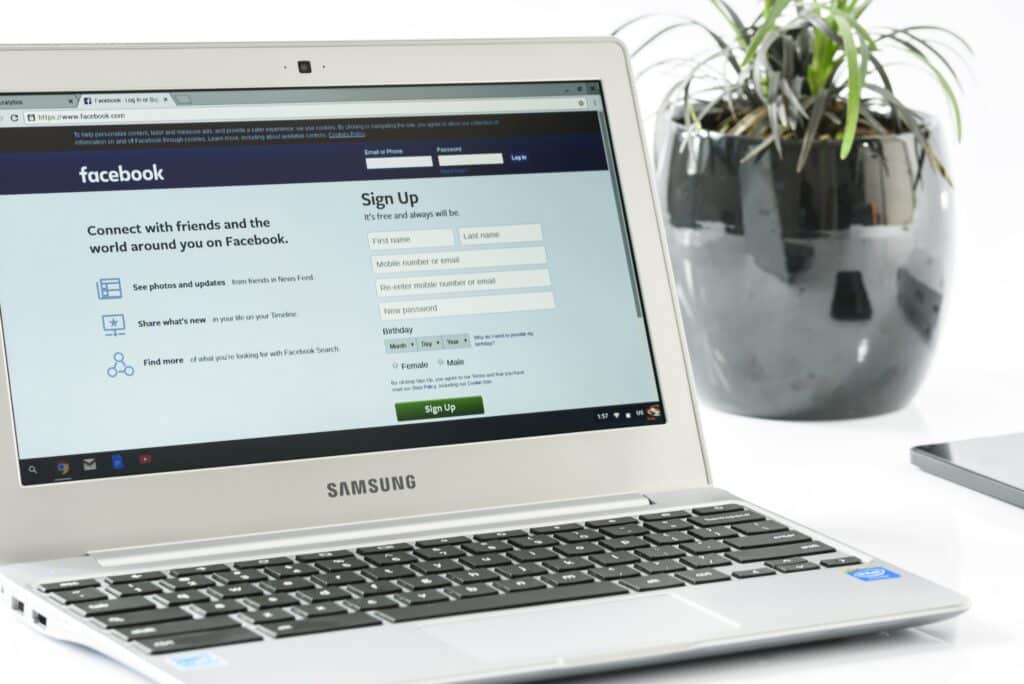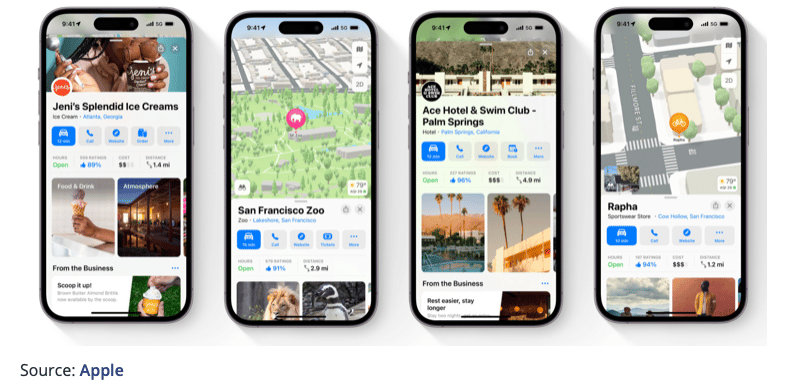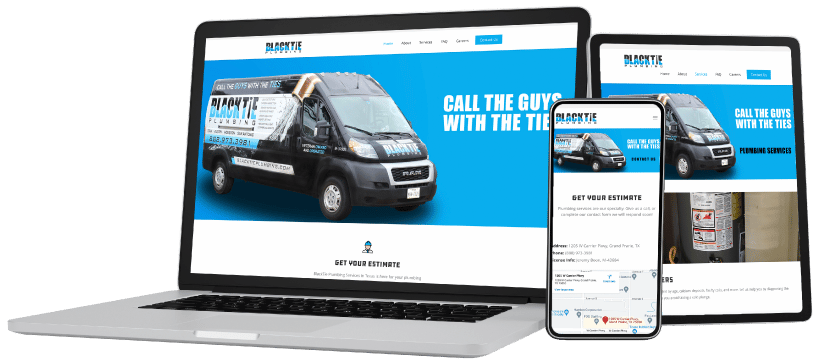With constant algorithm changes, countless tools, and pieces of software, SEO can seem really complicated, but it doesn’t have to be. There are a few things you can do for your business RIGHT NOW to improve your SEO. Check out these SEO tips for home service contractors and start getting more traffic and more leads… FOR FREE.
First: What is SEO for Home Service Contractors? Why does it matter?
Before you can improve your SEO, it is important to have a general understanding of what SEO is and why it is important. Search Engine Optimization is the practice of improving your website’s visibility to increase organic traffic and leads. This is done by optimizing content, site structure, Google Business Profiles, and back-links. So, why is SEO important for home service contractors?
Well, SEO leads are free. Yes, it is really that simple. While PPC, LSA, and other forms of paid advertising will put you at the very top of the page quickly, their benefits will stop when you stop paying for them. Now you’re probably asking, how can I improve my SEO and get more of these mythical free leads? In the next part of this article, we will cover a few ways you can improve your website’s SEO immediately to help you get those free leads.
Claim and Verify Your Google Business Profile

Your Google Business Profile is your money maker. Being in the Google Map Pack (the most prominent position in Google’s local search results, where businesses are listed and their locations are identified on a map with place marker icons) is one of the fastest ways to get to the top of the SERP (search engine results page). As Google moves to more of what we call a “one-click environment,” the Map Pack is more often located at the top of the page. While the list of factors that come into play when Google determines if your business will rank in the Map Pack could constitute an entire article, claiming and verifying your GBP is the very first thing you should do.
FILL. YOUR. GBP. OUT.
One of the simplest things that you can do to put yourself ahead of the competition is filling out your GBP. Completely. In addition to filling out your products, services, service area(s), and description, you need to select ALL the attributes that apply to your business.
Start Getting Reviews
Reviews are the second most important factor that Google uses when ranking Google Business Profiles. If you are not pushing your team in the field to ask for reviews, start doing it now. Consistently gaining reviews is a crucial part of improving your local SEO and your reputation in the eyes of potential customers.
Respond to your Reviews
Even easier than getting reviews is responding to the ones that you already have. Go through and thank customers for positive reviews, and if you see any negative ones, respond and ask the customer what you could have done better or make a promise to improve in the future. Responding to reviews not only shows Google that your business is actively using your GBP, but it also improves your standing in the eyes of both potential and past customers.
Build Some Easy Backlinks for Your Home Services Business
Building backlinks (links on other websites that link back to yours) is an essential part of SEO for home services contractors. The more high-quality backlinks you have, the more authoritative Google views your website in your particular field. While building out a robust backlinking strategy takes time and is typically best saved for the pros, there are a couple of simple backlinks that go a long way.
Local Chamber of Commerce
Believe it or not, the link your listing gets from joining your local chamber of commerce is one of the most valuable backlinks for home service contractors. When it comes to assessing the quality of a backlink, relevancy is at the top of Google’s mind, and there are few backlinks more relevant to a local business than its chamber of commerce. While it is rarely free, the effects of joining your chamber of commerce and getting a backlink in your listing will be felt.
Local Sponsorships
As I mentioned above with the chamber of commerce, any backlinks that are local will be perceived as incredibly relevant by Google. So, if you have sponsored any Little League teams, Fun Runs, or local charities, ask them to put a link to your website on the sponsorship page.
Learn More about SEO for Home Service Contractors
As complicated as SEO seems, and can be sometimes, there are tons and tons of resources out there to help you learn how to organically grow and improve your website’s visibility. However, if you want to take the next step and really take your organic leads to the next level. Check out some of our case studies, and contact the talented team at LMH agency today.
























